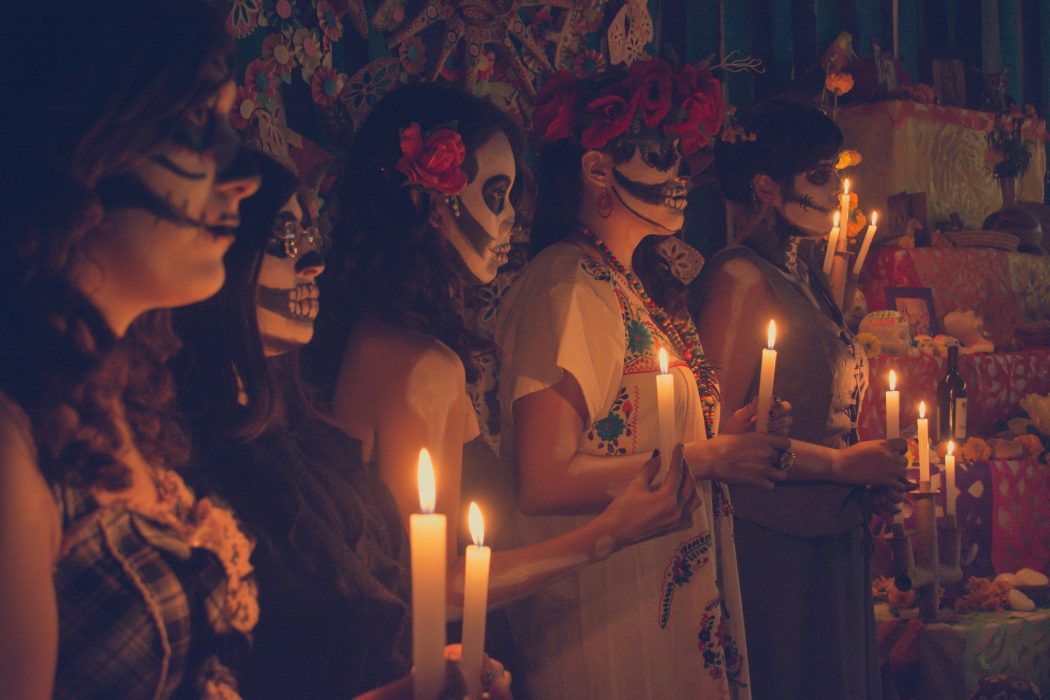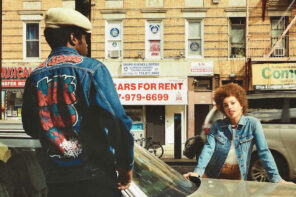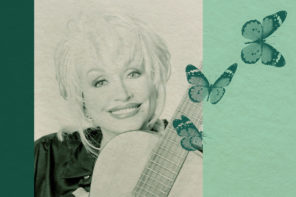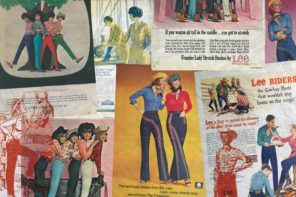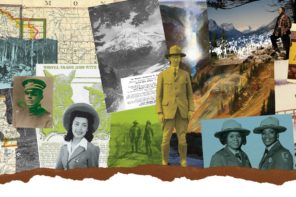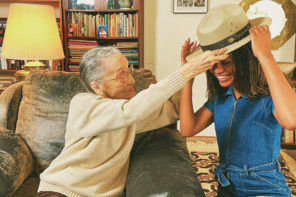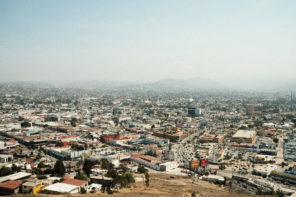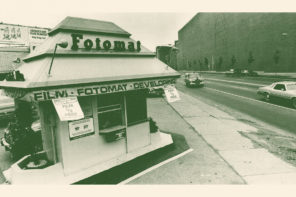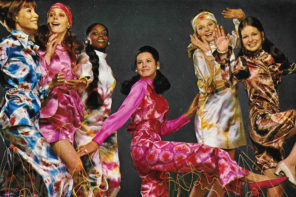Most people know of the Mexican holiday that happens around the same time as Halloween, but how much do you really know about the Day of the Dead—you know, aside from that one time you watched “Coco.”
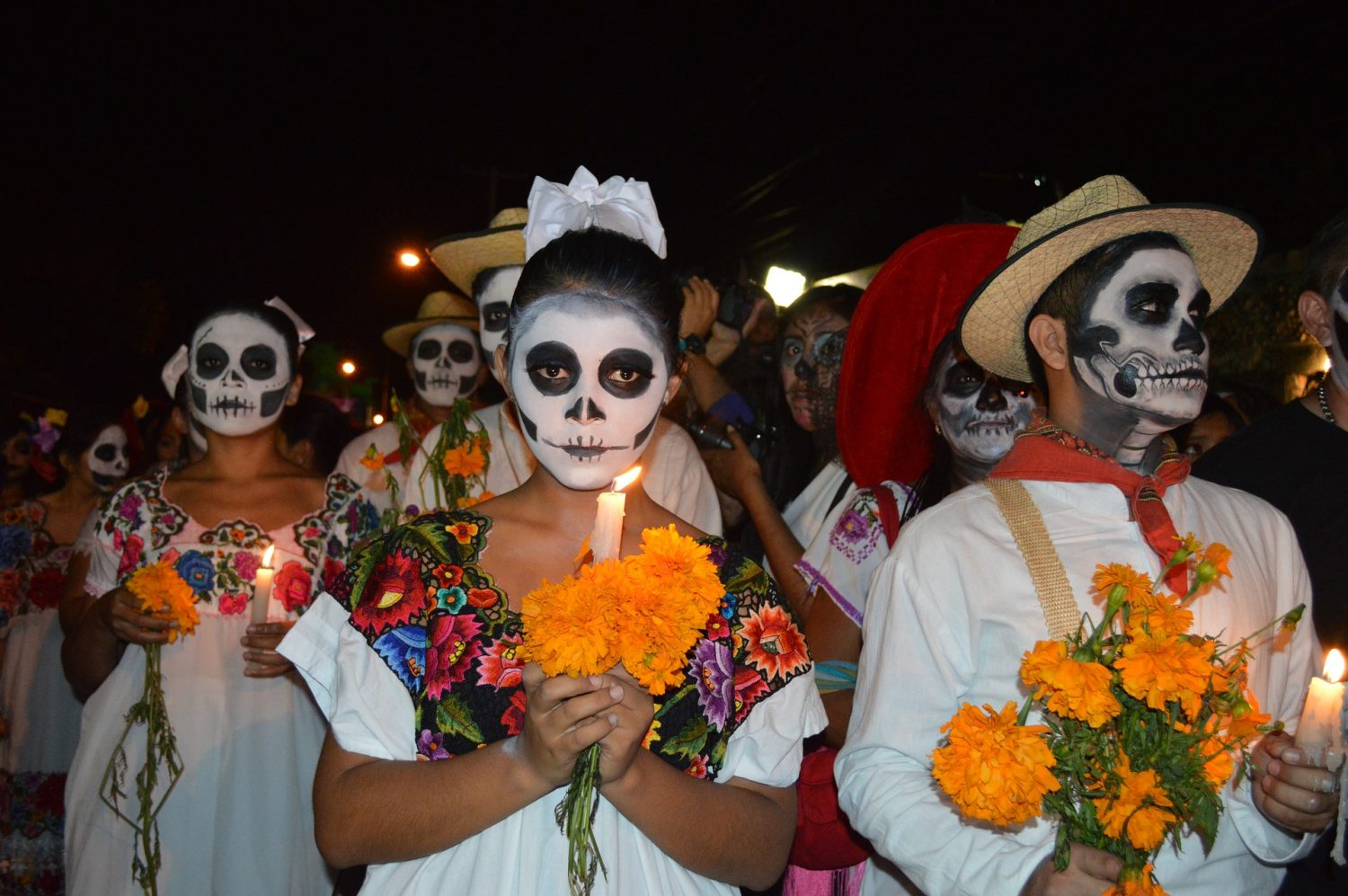
The Day of the Dead is a celebration and remembrance of loved ones who have passed away.
The modern version that developed into the Day of the Dead we now know fell on the ninth month of the Aztec calendar—celebrated for the entire month of August. Dedicated to the “Lady of the Dead,” these festivities directly correlated to the modern “La Calavera Catrina,” which you can see below.
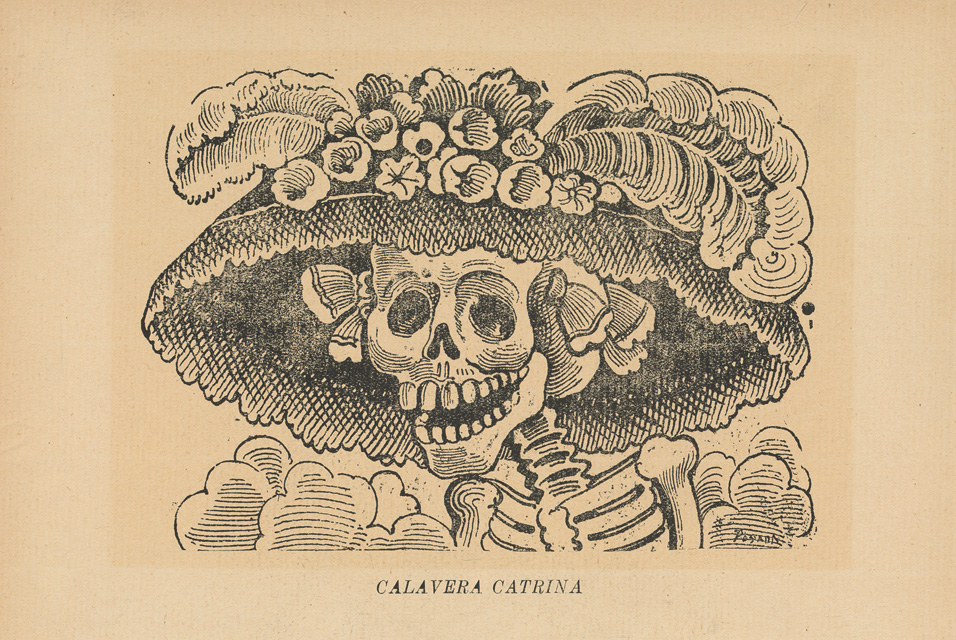
La Calavera Catrina is a 1910–1913 zinc etching by the Mexican printmaker José Guadalupe Posada.
Meet La Catrina. She’s a sophisticated woman dressed in the latest French fashion. She’s also a skeleton. Her father, Jose Guadalupe Posada, was a political printmaker during Mexico’s Porfiriato in the early 1900s. Originally designed to critique elitism and a growing chasm between the rich and the poor, La Catrina has evolved into a symbol of cultural pride and one of Mexico’s most famous holidays.
Though the Day of the Dead stems from the traditions of Latin American indigenous populations, colonization ultimately fused these traditions with the Catholic holidays of All Saints’ Day on November 1 and All Souls’ Day on November 2. These are the days that the souls of the dead can visit their families in the land of the living. As the 20th century came to a close, most regions of Mexico developed the practices that would morph into the modern version of this holiday.
The Day of the Dead, though relatively newer in its modern sense, originally developed from ancient traditions among its pre-Columbian cultures thousands of years ago.
El Día de los Muertos doesn’t exactly look like Coco all across Mexico–it was historically a rural holiday and only became popular in urban areas and parades in the last few decades–but in many cities, you’ll find graves and household altars brimming with ofrendas, candles, family photos, and cempasúchil petals to guide the souls home. A wide variety of foods and drinks are offered up as well: sugar skulls, tamales, and aptly-named spirits.
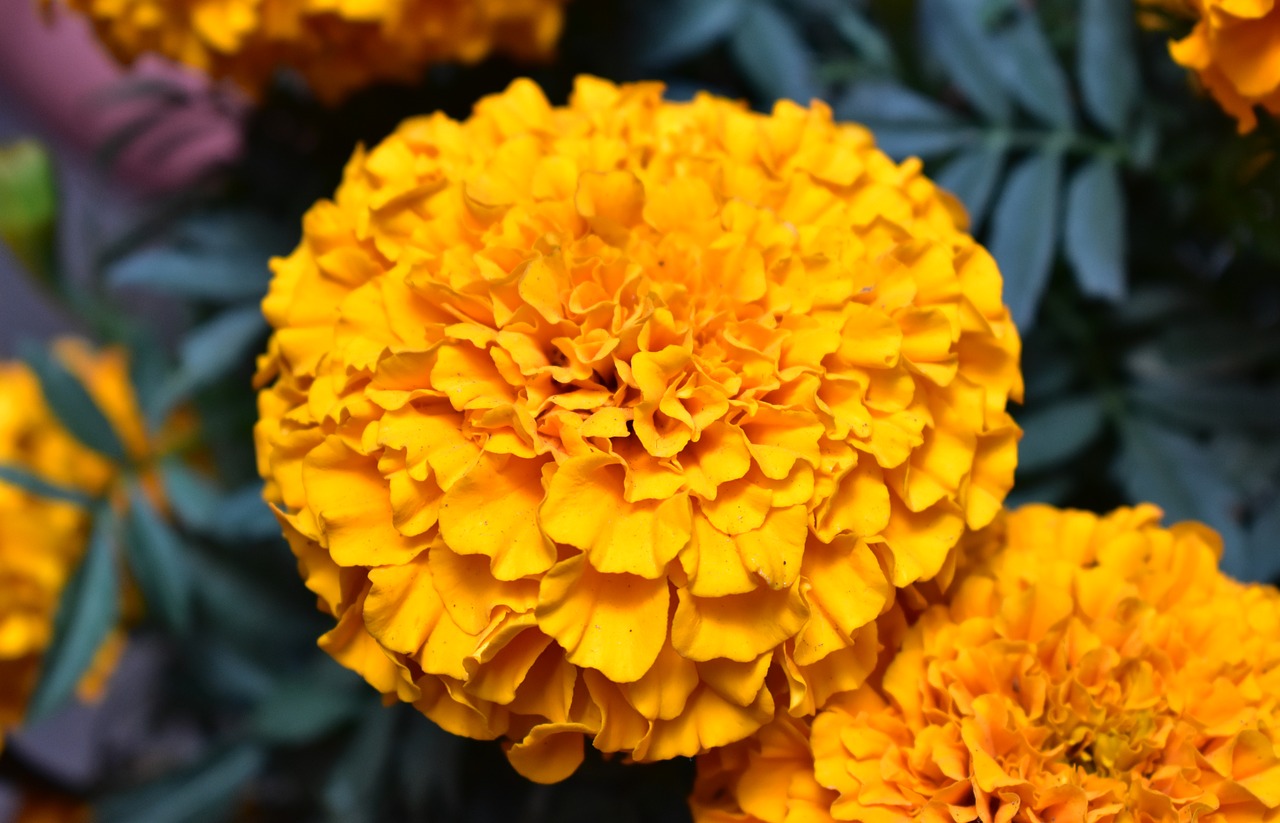
The Mexican cempasúchil (or marigold) is the traditional flower used to honor the dead.
While Day of the Dead traditions do vary across communities, there are a few things you definitely won’t find in Mexico or in Chicano communities in the U.S.
It’s not just “Mexican Halloween.” There won’t be any treat-giving or feet-smelling, and it’s not a morbid or nihilistic celebration of death. It’s a celebration and remembrance of loved ones who have passed away–so leave your satanic rituals at home.
Also, keep an eye out for monarch butterflies. Monarchs typically arrive in Mexico around the Day of the Dead–as part of their yearly migration, or as some believe, because our spirits are the butterflies, coming home in time to say hello and grab a hot tamale. And hey, maybe this is a good time to mention you should be on the lookout for our Mexico Issue coming March 2019.

